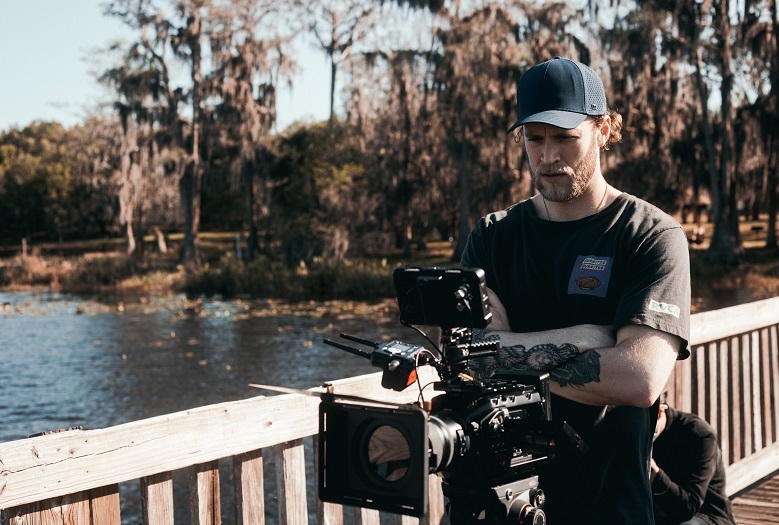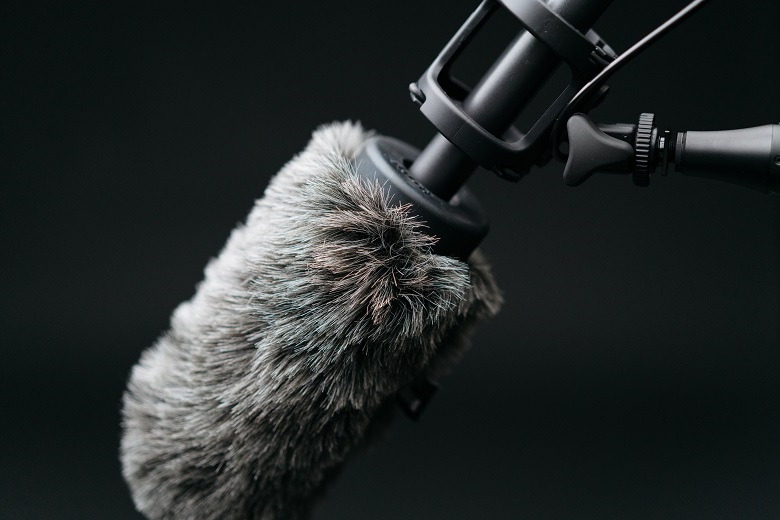Video quality is a critical concern among audiovisual content producers. Here’s why. In video production, quality directly influences the audience’s view of a brand’s authority. Creating polished and high-quality videos is easier than you think. Achieving a polished look is more about your technique than your equipment.
In short, you don’t need to break the bank to shoot professional-looking videos: you can make amazing videos with whatever you have currently. While it’s difficult at first, you only need to pay attention to a few details.

Top 3 Ways to Easily Improve Your Videography
This guide provides tried and tested videography tips. This means you can use them as a guide if you decide to pursue a career in videography. Let’s dig in.
1. Refine Your Composition
A professional cinematographer can spot an amateur’s work during the first few minutes of a video project. Even using a high-end camera doesn’t guarantee you’ll have a more professional look. In post and pre-production of video editing, try and put plenty of attention on your composition.
So, what differentiates a pro and an amateur? It’s a lack of correct framing and composition. During post-production, consider incorporating Cinematic Luts for drones into your footage. This improves video quality and brings your subjects to life. As a beginner videographer, you need to understand that good videography involves more than aiming your camera at a scene.
You need to coordinate and allow visual elements to tell your story. Start by changing your camera’s framing. This helps to make your scene look artistically pleasing. The most critical videography tip you want to remember is the Rule of Thirds. This is where you place your subject’s head a little higher off the frame.
You also want to give your subject visual breathing and ample space when facing the sides. Additionally, you can also add foreground and background if you want to create depth within your scene. All this sums up the basic composition techniques you need to use to achieve good video quality.
2. Lighting
Lighting can make or break your video. It makes a big difference in the quality of a finished professional video. This is why you need to make lighting your top priority during filming. Failing to use properly-placed light makes your video look amateurish. Start by going natural: use the sun to your advantage. If you’re shooting your video in natural light, try and film your footage in the morning or evening.
Here’s why. During these two timelines, the light is softer. Additionally, the light is more flattering. This is different from shooting at noon. Midday light can cast desolate shadows on your subjects. If you want to film in the middle of the day, you can do so on a cloudy day. Also, try and find a shady location for softer light. But what about filming indoors? This is a tricky area.
Most beginners have a problem balancing the light ratio while shooting indoors. To film perfectly, be careful about the types of light you use. Also, where you place your lights matters. However, what you want to avoid is overhead lighting. Why? This can cast unpleasant shadows on your subject’s face. Windows acts as an excellent natural light source. Consider using one or two lamps to cast the type of light you want for your footage.
3. Audio
Not each of your videos requires background music. But if your footage does, be selective with your choices. You also want to be careful with your audio quality during pre and post-production. Even if you’re filming on a smartphone, pay keen attention to your audio. Poor audio can take attention from what matters: the content! If you want to produce excellent audio quality, use an external microphone as the primary equipment.
Sometimes, the built-in camera microphone doesn’t always allow excellent audio capturing. Remember, capturing audio independently from the video means more work during editing. Even though this increases costs, the care will be worth it. So, what are the best microphones to use? Go for condenser and dynamic mics.

You can also use a lapel or lavalier microphones. Both of these are hands-free. This makes them ideal when you’re filming sit-down interviews. If you’re filming using a smartphone, you can buy microphones that fit into your phone’s headphone input. This will quickly improve the overall sound quality.
Hopefully, this guide helps you improve your videography skills when producing your content. However, the buck doesn’t stop with this guide. Try and research more. Videography is a broad area, and you need as many resources as possible to become a pro. Remember, the quality of a video is critical to capture your audience’s attention. So, pay attention to recording quality and the post-production editing process. And cut…!



















